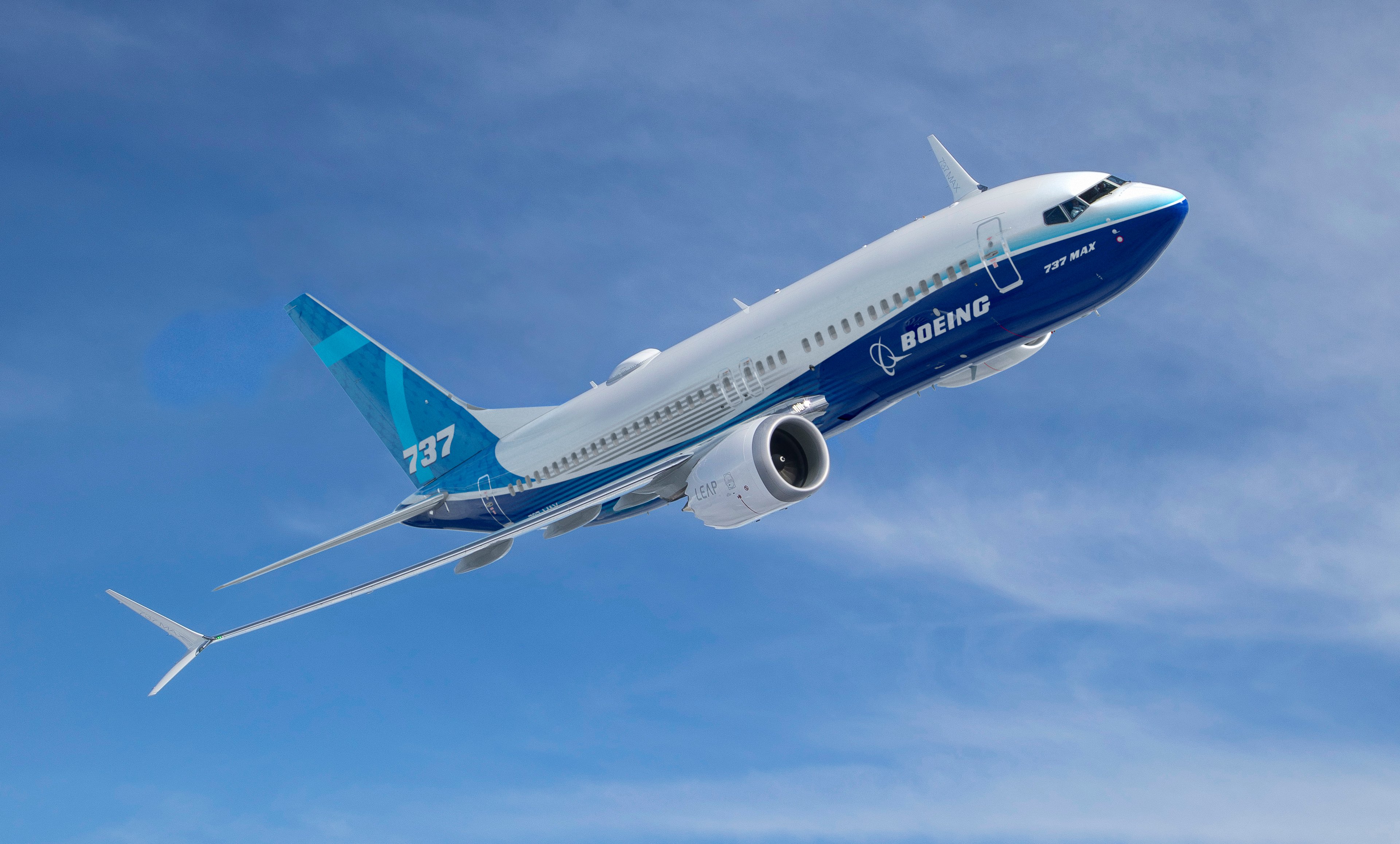Sunset for the A-10 Thunderbolt II? Or a new dawn? Photo: U.S. Air Force.
The U.S. Air Force wants to kill the A-10 Thunderbolt II. Really, really, really wants to kill it.
But the Air Force's paymaster does not. And when all's said and done, that's what the debate over the fate of America's best tank-destroying warplane may come down to -- whether the folks who control the Air Force's purse strings want to keep the A-10 flying.
A few weeks ago, we went over a few trial balloons that the Air Force has floated, in case Congress won't let it retire its fleet of 326 A-10 "Warthogs." To save the estimated $700 million a year it costs to keep the A-10s fueled, maintained, and flying, USAF has suggested it could retire its entire fleet of 66 B-1B long-range bombers instead -- or put about a third of its 1,018 F-16 fighter jets into mothballs.
That makes sense because, as Georgia Senators Saxby Chambliss and Johnny Isakson have pointed out, the A-10 is cheaper to fly, per flying hour, than either the F-16 or the B-1. This suggests that cutting the more expensive planes from the Air Force's arsenal, and sticking with the older -- but cheaper and more effective -- A-10 is the right move to make.
And speaking of no brains -- Congress!
Regardless, Congress is busily brainstorming other ways to save the A-10. Earlier this month, for example, legislators in the House Armed Services Committee, or HASC, passed an amendment, voting two to one to forbid the USAF from even thinking of retiring the plane unless it can assure legislators it has other ways of providing "adequate" close-air support to troops on the ground.
Caution: A-10 Warthog at work. Photo: U.S. Air Force.
This requirement edged out a separate proposal (which was rejected) that would have had the Air Force mothball its A-10s -- so that rather than being disassembled and sold for scrap, they'd be kept in stasis, shrink-wrapped in latex, and could be brought back from retirement if need be. (The main problem with that plan: "Spinning up" a latex wrapped A-10 can take as long as four months to accomplish. By that time, the war may already be lost).
Meanwhile in the Senate, the HASC's doppelganger, the Senate Armed Services Committee, confirmed this week that it's working on a plan to shift funding from other programs to cover the cost of the A-10. (The catch here? Optimistic senators think they only need to cobble together $400 million to keep the A-10 flying for another year. That's barely half what USAF says it needs -- and less than half of what the Obama Administration says the A-10 will cost).
What it means to investors
It's that last point that may turn out to be of most importance to defense investors. The White House went on record this week saying it has "serious concerns" with Congressional efforts to keep the A-10 alive, and "objects," in particular to Congress's plan to shift funding from the Littoral Combat Program, among others, to fund programs such as the A-10. The Administration even went so far as to utter the "V" word -- threatening to veto the bill if its demands are not met.
What might this mean for investors, in dollars and cents? Here's a quick rundown of the highlights.
Northrop Grumman (NOC 0.73%)
America hasn't built a brand-new A-10 Warthog in decades. But as the debate before Congress shows, it still spends hundreds of millions annually keeping the ones it's already built flying. Since 1987, Northrop Grumman has served as prime contractor for A-10 work. Its most important recent contract was awarded in 2010 -- a $486 million contract to equip U.S. Air Force and Navy aircraft -- including A-10s -- with up to 99 LITENING targeting pods.
Other tasks assigned to Northrop: $1.7 million to "sustain and modernize all A-10 weapon system configurations," and $11.3 million to perform "evaluations, analysis, repair designs, and/or testing" of A-10 structural integrity.
Boeing (BA +0.01%)
Another contractor with arguably as big a stake in the A-10's survival as Northrop Grumman's, is Boeing. Last year, Boeing was the single biggest recipient of A-10-related funding, winning $218 million in maintenance contracts for the A-10, "the most of any defense prime," according to Bloomberg. These included $212 million awarded in just one single contract to deliver 56 replacement "thick-skinned" wings for the A-10.
Going forward, and working from the estimated $4 million cost per wing, Boeing's contract to build as many as 242 replacement wings for the A-10, of which 173 have already been ordered, could yield as much as $276 million in additional revenue for Boeing in years to come -- and help to keep the A-10s flying well into the 2040s. (That is, if Congress can convince USAF to keep the plane flying, at all).
Lockheed Martin (LMT +0.86%)
Lockheed Martin, in contrast, has almost no ties to the A-10 program whatsoever. Yet, it's arguably the single company most interested in the aircraft's fate.
A review of business segment data from S&P Capital IQ on the revenues of each of the major A-10 players reveals that, even the multi-hundred-million-dollar contracts that Boeing and Northrop have won for A-10 work amount to mere fractions of 1% of each company's annual revenue stream. In contrast, Lockheed Martin gets 20% of its revenues from production of its new F-35 Lightning II fighter jet -- the plane that the Obama administration and the U.S. Air Force agree can do an "adequate" job of replacing the A-10 on, for close-air-support missions.
Over time, and based on the F-35's projected program cost, the F-35 could ultimately grow to constitute 50% of Lockheed's business, if the company is able to sell as many F-35s as originally expected. But here's the key: Every dollar diverted from F-35 production to fund the A-10 means fewer F-35s built today. And the fewer F-35s that get built, the slower Lockheed Martin is able to scale production of the F-35.
Less economies of scale mean less efficiency of production for Lockheed, raising the cost of building F-35s, and making the plane less price-competitive with alternative fighter jets for sale on world markets. And this effect tends to snowball -- the more expensive the plane, the fewer the foreign buyers, and the fewer the foreign buyers, the less efficient the production -- raising the F-35's cost even further, and leading to even fewer buyers.
In short, Lockheed Martin needs to scale production of the F-35 fast. But the more funds get diverted from F-35 production to save the A-10, the harder this job gets for Lockheed Martin. If you were wondering before why the F-35's backers in Congress hate the A-10 so much, well, now you know.

That's a lot of F-35s. But it's still not as many F-35s as Lockheed Martin wants to sell. Photo: Lockheed Martin.








